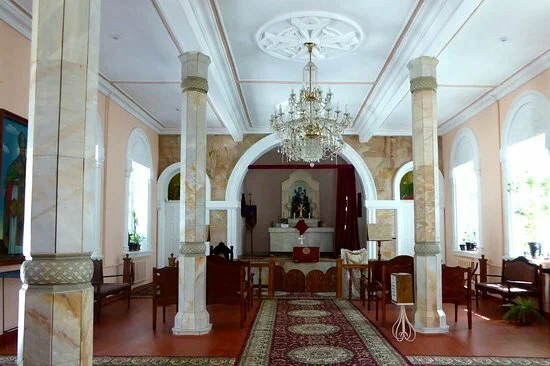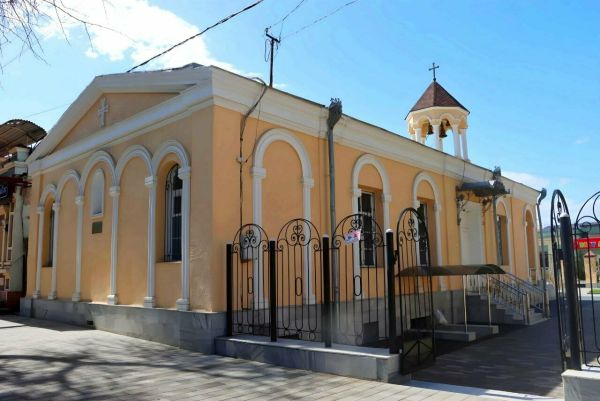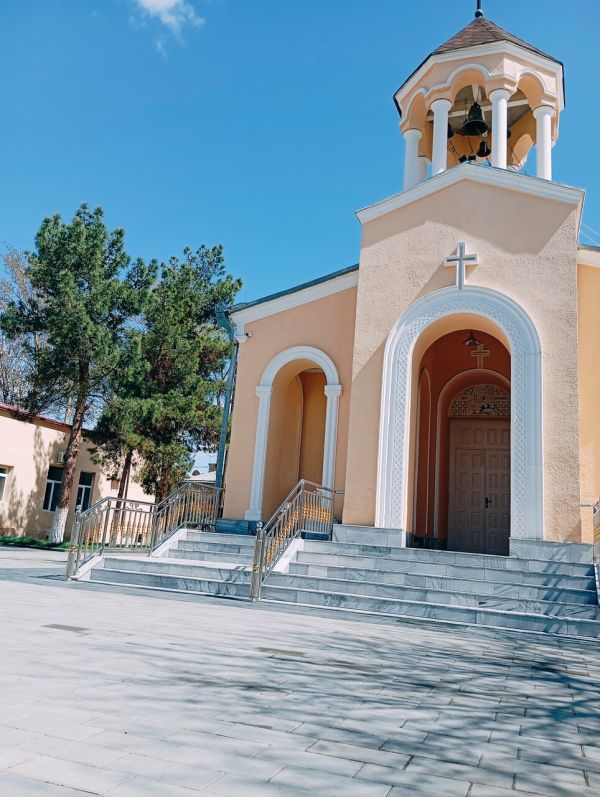Armenian Church of the Holy Mother of God
The Armenian Church of the Holy Mother of God in Samarkand was built in 1903. Funds for its construction were raised by the local population.
Now this church is an important religious, historical and cultural site of one of the largest cities in Uzbekistan.
The history of the establishment of the Armenian Church in Samarkand
The first immigrants from Armenia began to appear in the provinces of Uzbekistan during the reign of Tamerlane. A large increase in the number of Armenian settlers also occurred in the nineteenth century, when the countries of Central Asia joined the powerful Russia.
By the beginning of 1897, 149 Armenians lived in Samarkand, most of whom were male. In the same year, the small Armenian diaspora delegated its representatives to the governor of the city with a request to open a prayer house in Samarkand. The petition was granted, and in the middle of the autumn of 1898, clergyman Gevorg Zakharyants began to perform his direct duties.
At first, the services were held in a rented room. But with the growing number of Armenian immigrants, there was a need to expand the space of the prayer house. By the beginning of 1903, it was decided to build its own church. The temple was built by the end of the same year, and representatives of the Armenian nation began to go to the church, which was built with their own hands, using the parishioners' personal funds.
In 1905, a college was opened at the temple. With the advent of Soviet power, the church was active for some time: all religious holidays were celebrated, baptisms and weddings were held, as well as funeral rites. The children were taught history lessons and the basics of Orthodox culture.
It was closed in 1933. It has been inactive for several decades. It was only in 1991 that the clergy were sent there.
In 1995, an Orthodox cross was installed there, the bell tower was restored and the bells were hung. By the way, three crystal chandeliers for the church were brought from Armenia, bells from Voronezh, and a bronze cross was cast in Samarkand itself. The grand opening of the church took place at the end of August 1995.
Architecture of the Armenian Church in Samarkand
The church building itself is small, one-story with a bell tower in the center. The facade is decorated with a portal (central entrance) and columns. In front of the church is a small courtyard paved with tiles.
The interior of the temple was decorated by artists Anatoly Polyantsev and Pavel Arakelyan. Inside there is an iconostasis, an altar, benches for parishioners, an altar, a lectern, and a stasis room. There are columns in the central nave, and the windows inside are framed by arches with moldings.





























